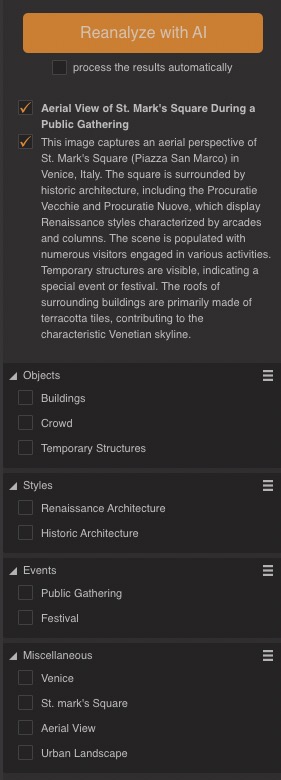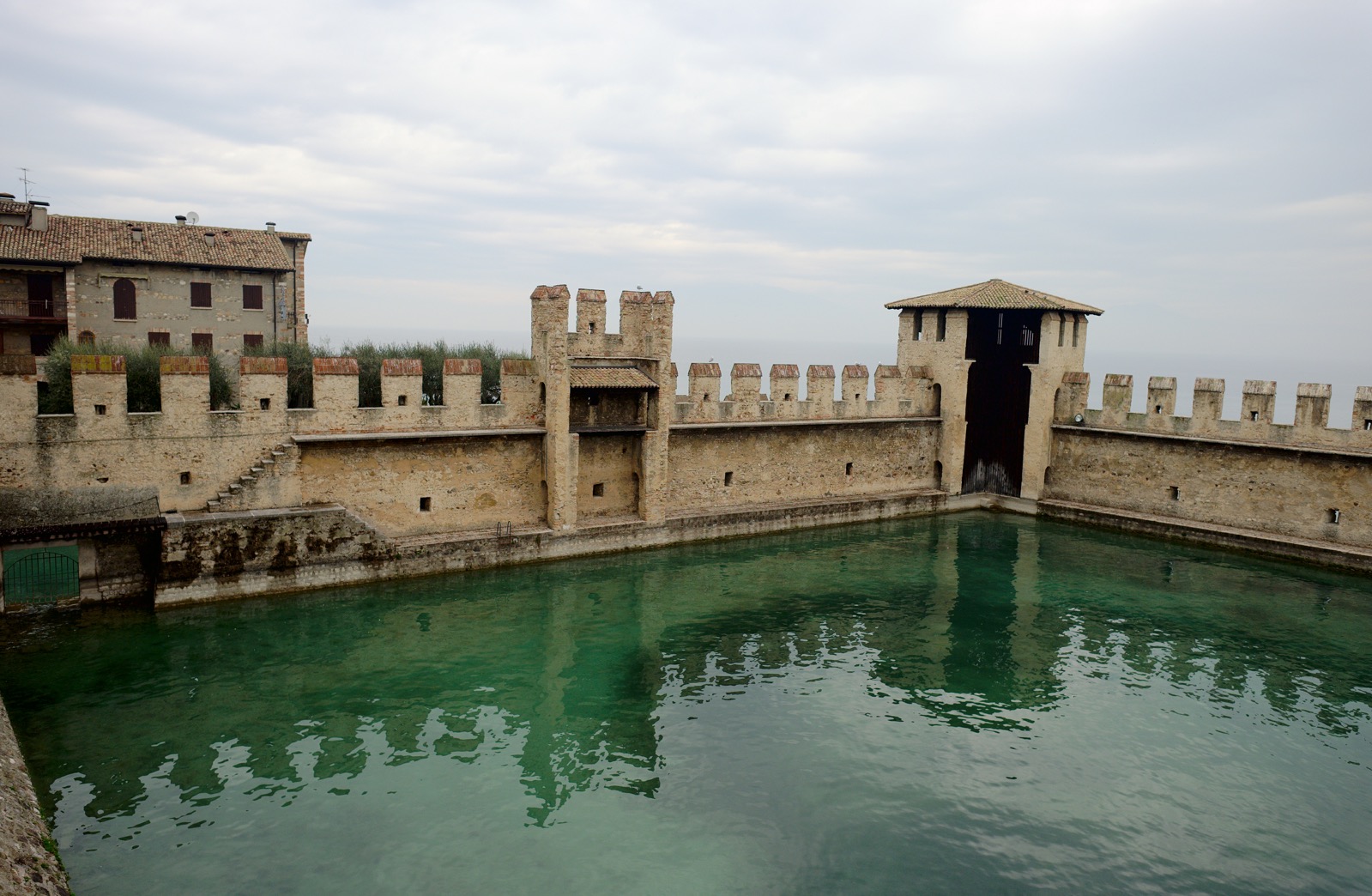There are some cameras that really stand out the crowd and one of them is the fantastic Olympus OM-4T.
It’s a very small SLR with the same footprint as the OM-1 and OM-2, with top and bottom covers made of titanium.
It features a very advanced (and precise) exposure system. Light is measured by two blue silicon photodiodes placed at the bottom of the mirror box, pointed toward the film. This allows the system to measure the light that actually reaches the film.
There are two metering modes: the usual center-weighted and a very sophisticated multi-spot option. You can take up to eight spot readings, and the internal microprocessor calculates the average.
The OM-4 has two exposure modes: full manual and aperture priority.
The camera uses two commonly available LR44 alkaline batteries, but in case the batteries die, you can still use the 1/60s and B settings as a mechanical backup.
The viewfinder is excellent—very large, very bright, and covering 97% of the film frame. The standard focusing screen is a split-image type with a standard microprism collar. Also in the viewfinder is a nice multi-mode LCD display showing exposure information.
Spot Metering
Spot metering measures the area in the center of a picture being taken, which comprises 2% of the total picture area. This is precisely the area covered by the microprism of a standard focusing screen. Spot metering is particularly effective in achieving desired results automatically for backlit scenes in which the background is extremely bright, scenes in which buildings or other large structures make the background too dark, or any other circumstances where you are not sure the averaged meter reading will give the results you want.
This allows you to measure the light intensity at several different areas in a composition. It is useful when you need to consider a number of different compositional elements of varying brightness. This may be necessary when there are two or three main subjects, or when there are varying degrees of subtle brightness in a single subject. It can also be used if measurements are necessary for the face and clothing of a portrait subject along with the background, but with the emphasis on the face. Precise creative effects can be achieved by taking spot readings for each area, then another extra reading of the face.
With conventional techniques, you had to rely on experience and intuition to select an exposure compensation value. The OM-4 spot meter gives you more accurate results simply, automatically, and almost instantaneously.
When you press the Spot Button (see Photo 2), the camera first switches from center-weighted average metering to the spot metering mode. Then it measures the light in the central spot and locks the measured value into the auto exposure memory. This completes the spot meter operation. Afterwards, you can, of course, change the composition freely or even change the set aperture value (F number); in this case, the shutter speed changes automatically to maintain the correct light value for the exposure. You can also freely set plus or minus exposure compensations of the metered value (see Photo 3).
After the exposure is made, the spot-metered light value is automatically cleared and the camera reverts to the TTL Direct OTF (off-the-film) light measuring mode. After taking a spot reading, you can cancel the light value stored in the auto exposure lock mechanism by moving the Clear lever.
Multi Spot Metering
Multi Spot Metering does not involve complicated procedures, although the name seems to imply this. All you need to do is point the camera at the area you want to measure and press the Spot Button. The light values for each spot you measure are automatically recorded and displayed as dots in the viewfinder. In addition, the camera instantly calculates the averaged value for all the spots measured, and this appears as a bar graph in the viewfinder.
After you have measured the subject brightness, composed your picture, and pressed the shutter, the exposure selected will be at the last shutter speed indicated by the bar. You can take as many light readings as you wish. As many as eight can be processed by the powerful microcomputer to instantly give an overall multi-spot exposure value.
Unlike exposure compensation settings based on experience and intuition, this system allows you to check each brightness value as it appears in the finder and instantly see the calculated exposure value. This assures an ideally suited exposure for the image you wish to create. A capability that used to require highly skilled and time-consuming techniques is now yours automatically, at the touch of a button.
Electronic Circuits
A single unit serves as the light receptor for both direct light measurement and the viewfinder display. It includes five chips in a four-package structure: a sensor unit combining an SBC and head amplifier for Spot Metering and TTL Direct “OTF” Light Measuring; a 4-bit, 4K-byte CMOS microcomputer; a large-scale bipolar LSI with an AD converter; and a high-speed CMOS LCD driver. All components are integrated on both sides of a high-density flexible circuit board.
Multiple programs—such as TTL Direct “OTF” Light Measuring, Multi Spot Metering, Highlight and Shadow controls, exposure memory, and TTL Auto “OTF” Flash control—are managed by five different types of systems with a subroutine stack capable of handling over 90 instructions efficiently.
When the shutter is released, light reflected from the film surface is measured by the SBC for TTL Direct “OTF” metering. The shutter timer counter circuit controls the rear curtain and flash intensity. In Spot Metering, the value is converted to an AD value, stored in AE Lock RAM, and displayed via the exposure and indicator calculator circuits. In Multi Spot mode, stored values are averaged and used to control the LCD and shutter timer.
Highlight and Shadow adjustments recalculate the exposure and feed new values into the system. Auxiliary circuits handle film speed (ISO/ASA), self-timer, battery check, etc. The CPU manages all four LSI chips and auxiliary circuits on a time-sharing basis, powering only essential blocks. This efficiency made the "OTP" switch unnecessary.
Source: Olympus VisionAge Magazine vol. 1
It´s something like an OM-2 on steroids.
Pros:
- An exposure meter yet to be matched, with dead-on exposures
- Multi-spot
- Wonderful craftsmanship
- Not exactly inexpensive ...
- Hard to find
- Electronic

























